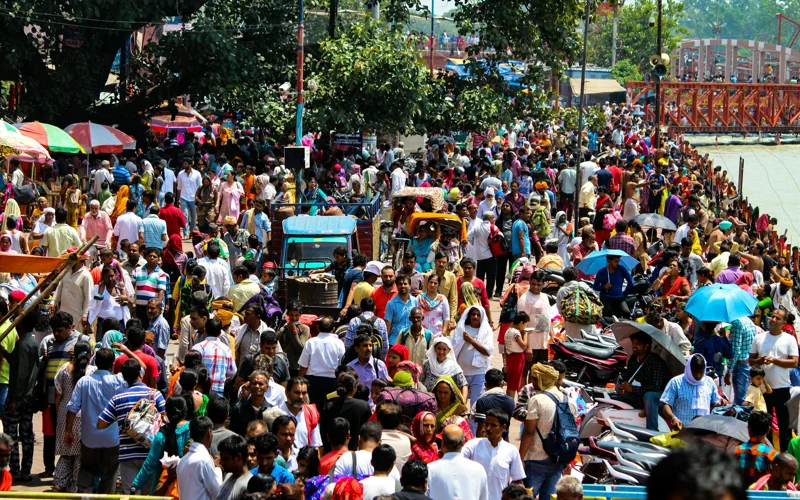Number of people living in India surpasses 1.46 billion in 2025 — UN
India continues to hold its status as the world’s most populous country with 1.46 billion people living on its territory, according to data from the United Nations (UN) latest demographic report, TASS reports.

India continues to hold its status as the world’s most populous country with 1.46 billion people living on its territory, according to data from the United Nations (UN) latest demographic report.
"This number is expected to grow to about 1.7 billion before it begins to fall, around 40 years from now," the report said.
The UN, however, noted that India's birth rate is dropping. The country's total fertility rate has fallen to 1.9 births per woman, below the level of 2.1 needed to maintain a healthy population turnover without relying on ‘gains’ such as immigration.
Despite the declining birth rate, the number of young Indians remains large, with 24% in the 0-14 age group, 17% in the 10-19 age group, and 26% in the 10-24 age group. Over two-thirds of the country’s population are of working age (68% between 15 and 64 years), which could provide India with demographic dividends if employment quality is sufficient and people receive adequate government support.
The elderly population (aged 65 and above) currently accounts for 7%. This figure is expected to rise in the coming decades as life expectancy grows, the report reads. In 2025, life expectancy is projected to be 71 years for men and 74 years for women.
In 1960, when India’s population was about 436 million, the average woman had nearly six children. However, educational attainment has improved, access to reproductive healthcare has expanded, and more women now have the ability to make life-changing decisions independently.
Recall that Japan’s child population hits record low for 44th straight year.
